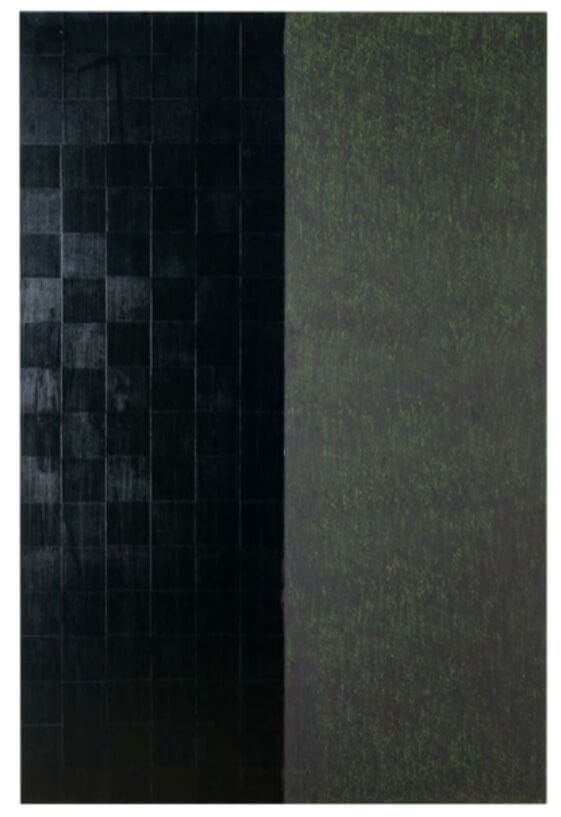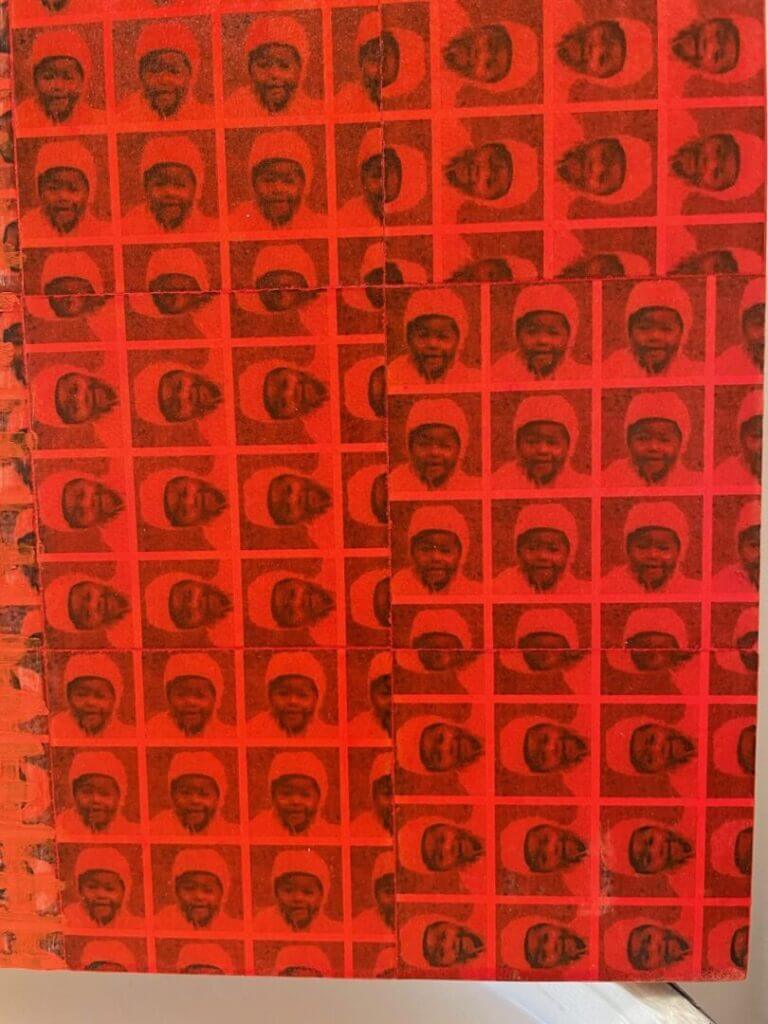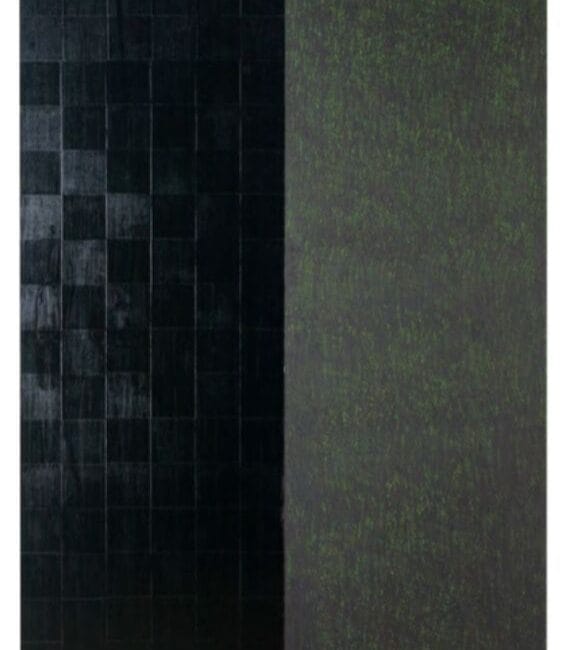





For the past 40 years, McArthur Binion, who describes himself as a “Rural Modernist,” has been producing unconventional, deeply autobiographical abstract compositions, through which he has been complicating and broadening the traditional idioms of abstraction and Modernism. As he describes: “My work begins at the crossroads—at the intersection of Bebop improvisation and Abstract Expressionism.” Eschewing brushes and paint, Binion uses oil stick, crayon, and, more recently, laser-printed images to create his lushly textured and colored, geometrically patterned works. They are formed out of an unlikely confluence of influences, including such Modernist masters as Kasimir Malevich, Piet Mondrian, and Wifredo Lam, as well as his own Southern African-American heritage, reflected in his mother’s quilts, West African textiles, and the rhythms of black music, language, and literature. Labor and simplicity ground Binion’s practice and his laconic, richly personal compositions.
